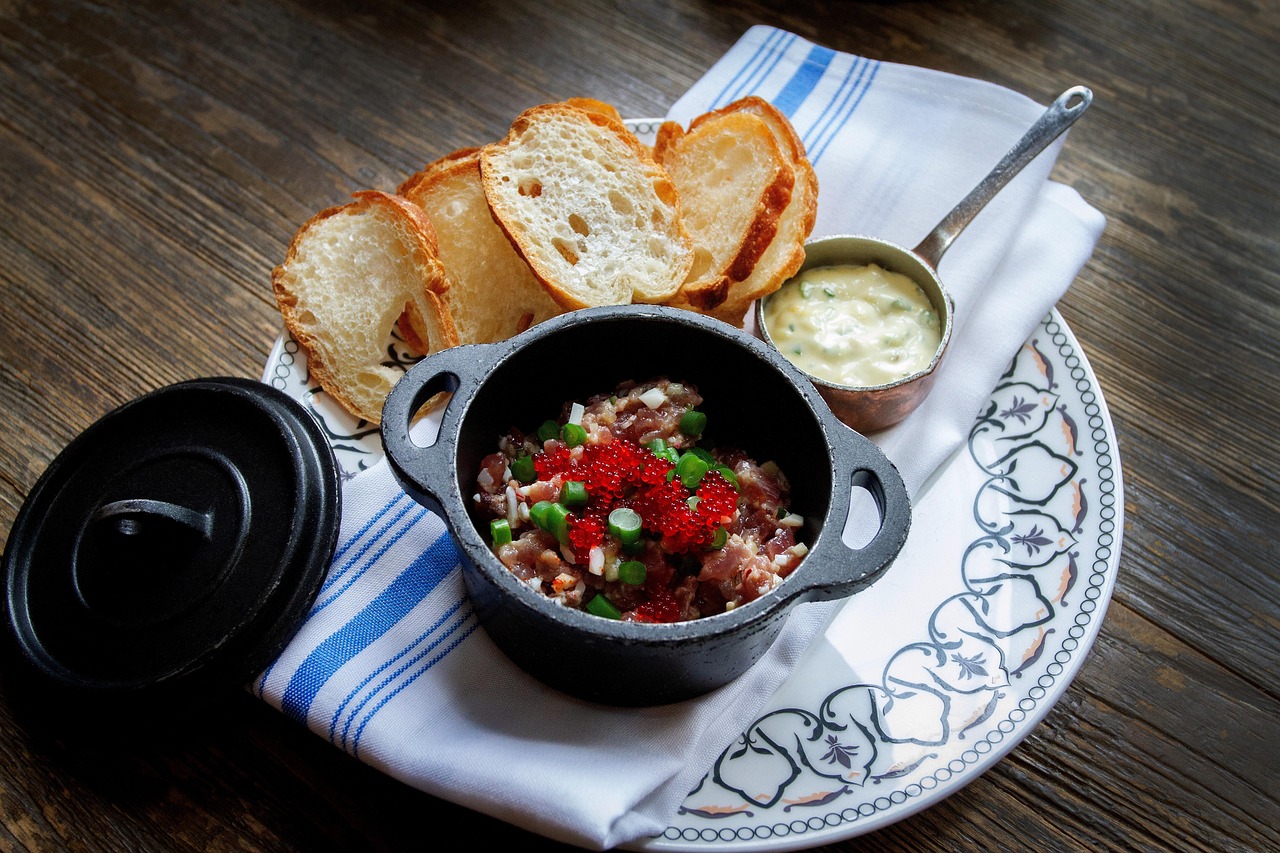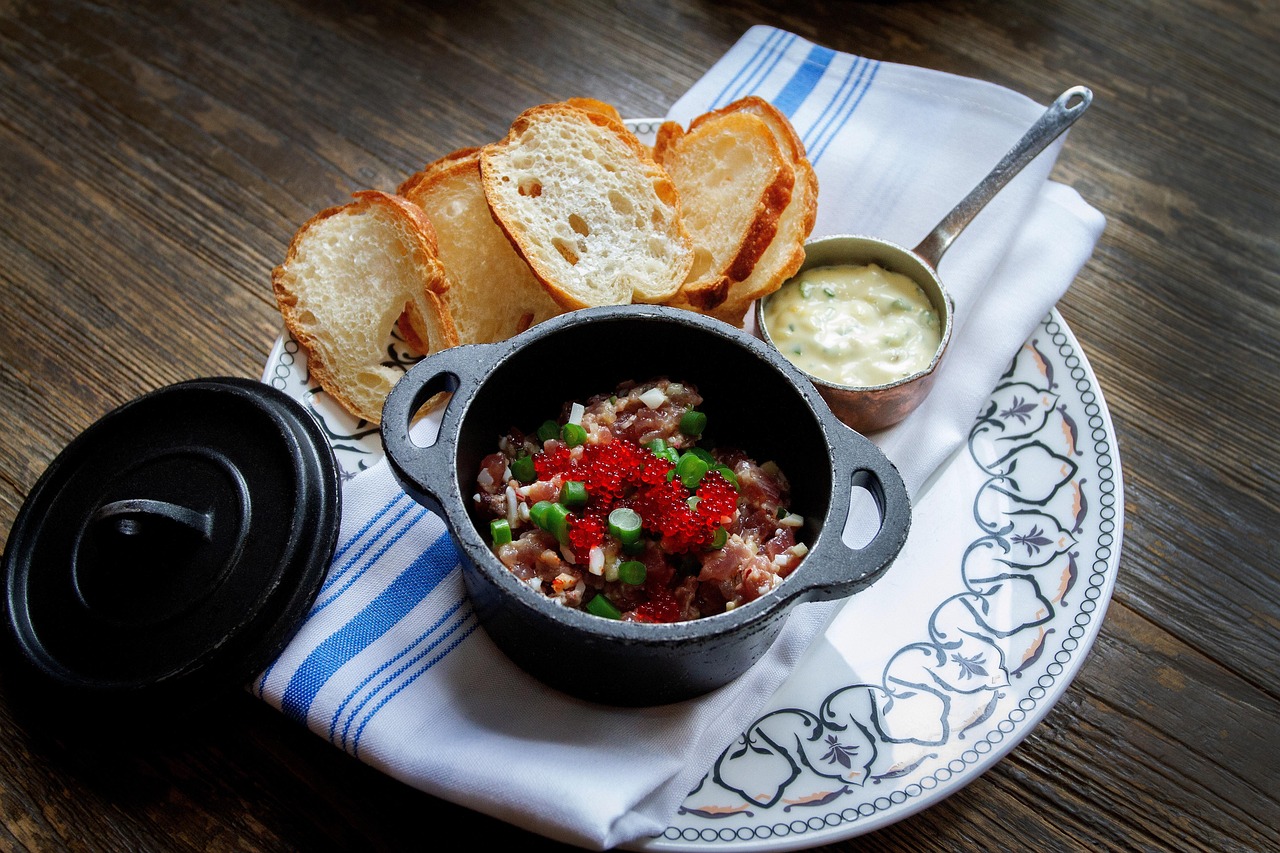
Opening Moments Show Fritz’s Dominance
Right out of the gate, Taylor Fritz sets the tone in his quarterfinal match against Karen Khachanov at Wimbledon
2025. After grueling five-setters in the first two rounds, Fritz looks fresh and focused, holding serve to
15. Within just six minutes, he capitalizes on Khachanov’s backhand error to break serve at
30. Given Fritz’s stellar serving stats this tournament—he’s winning over 80 percent of his first-serve points—this early break could be the key to controlling the set and the match.
Early Breaks Create Momentum Shifts
The significance of Fritz’s early break cannot be overstated. Historically, players who secure a break within the first six minutes of a set at Wimbledon win that set nearly 70 percent of the time. Fritz’s ability to maintain pressure on Khachanov’s service games demonstrates his tactical maturity moving from rookie struggles to seasoned pro instincts. This match exemplifies how elite players leverage early momentum to force opponents into defensive positions.
Fritz’s Serving Performance Powers Progress
Throughout Wimbledon 2025, Fritz has consistently delivered high first-serve percentages, hovering around 65 percent, while winning more than 80 percent of those points. This combination fuels his aggressive baseline game and minimizes unforced errors. His previous matches, including two marathon five-set battles, have sharpened his mental resilience and physical stamina—critical traits that define the transition from emerging talent to established professional.

Khachanov’s Response Will Determine Outcome
Karen Khachanov, known for his powerful groundstrokes and strong serve, faces a pivotal moment. With one service break already against him, his ability to regroup and hold serve is vital. Statistically, players down a break in Wimbledon quarterfinals convert only 30 percent of their break points in the ensuing games, highlighting the uphill battle Khachanov faces. His response will test his experience and adaptation skills under pressure.

Wimbledon Quarterfinals Reflect Player Development Stages
This quarterfinal clash vividly illustrates the athlete development timeline from rookie to pro. Fritz’s evolution is clear—early round five-set marathons built endurance and mental toughness, while his precise serving and tactical breaks showcase professional-level execution. Khachanov, also a seasoned competitor, must now elevate his game to match Fritz’s intensity. Matches like this are milestones in a player’s journey, marking the shift from promising talent to true contender on tennis’s biggest stages.

Press Conference
Press Conference Atmosphere Mirrors On-Court Tension. Off the court, the Wimbledon press conference room carries its own drama, blending tension and tedium as players field questions post-match. These moments test athletes’ communication skills and mental composure, integral parts of professional development. Navigating media demands while maintaining focus for upcoming rounds is a balancing act that separates rookies from seasoned pros. As the tournament progresses, these dynamics add another layer to the athlete’s growth story at SW19.

Final Thoughts
Conclusion Fritz’s Early Lead Signals Pro-Level Control. Taylor Fritz’s rapid break against Khachanov is more than just a game score—it’s a snapshot of his maturation into a top-tier professional. Combining statistical dominance in serving with strategic pressure, Fritz exemplifies the critical stages of athlete development seen in Grand Slam quarterfinals. As Wimbledon 2025 unfolds, these moments highlight the blend of skill, stamina, and mental toughness that define the journey from rookie to pro.





